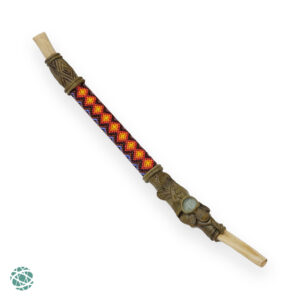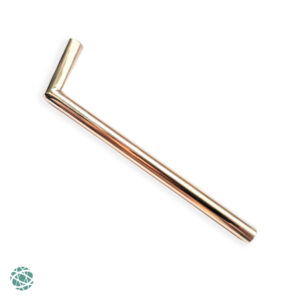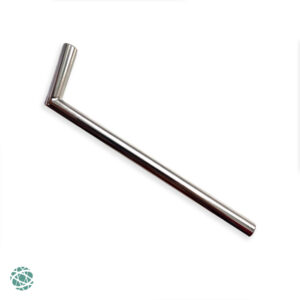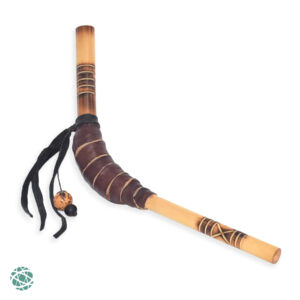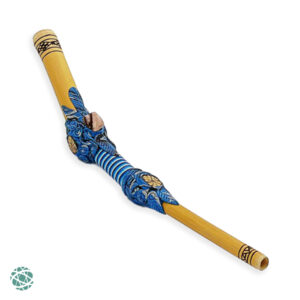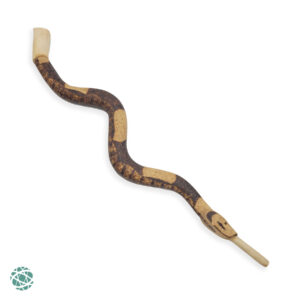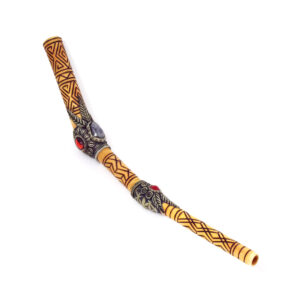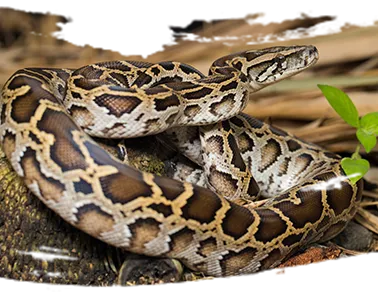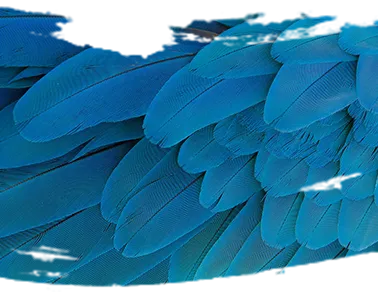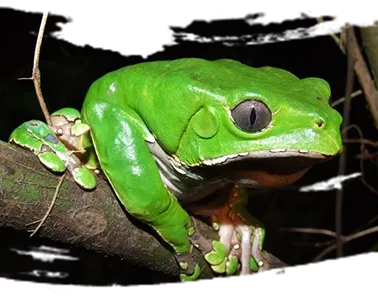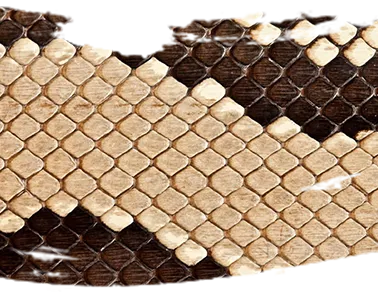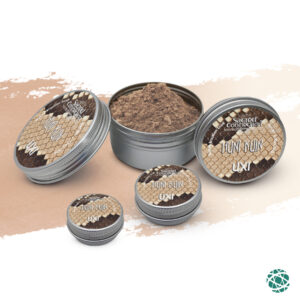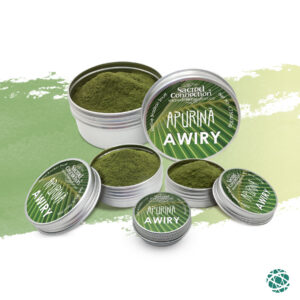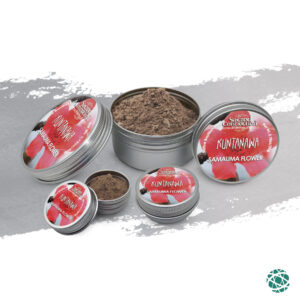Showing 1–12 of 17 results
- Original price was: $150.00.$135.00Current price is: $135.00.Select options This product has multiple variants. The options may be chosen on the product page
- $76.00Select options This product has multiple variants. The options may be chosen on the product page
- $96.00Select options This product has multiple variants. The options may be chosen on the product page
Showing 1–12 of 17 results
What is a Tepi Rapé Pipe?
The tepi rapé pipe is a two-person snuff applicator used for ceremonial rapé sharing in the forest. It is designed for blowing rapé powder into someone else’s nostrils, and they come in various models. In the past, indigenous people used long bamboo or reeds for this purpose. The Tepi is now a common and less dramatic alternative for sharing rapé.
How to Use a Tepi Pipe
To use a Tepi pipe, one person loads it with the right quantity of rapé powder while the other tilts their head back and places one end of the Tepi into their nostril. The first person then blows the powder through the other end of the Tepi, which is repeated for the other nostril. It’s important to use the Tepi gently, adjusting the strength of the blow as needed. After use, the Tepi may be cleaned for hygiene. The Tepi is an essential tool for experiencing the effects of rapé when used correctly.
Different models of Tepi Applicators
A tepi applicator is a type of traditional snuff administration device that has been used for centuries by indigenous peoples of the Amazon Basin for spiritual and medicinal purposes.
- Bamboo Tepi: A bamboo tepi applicator is lightweight and durable, making it a popular choice for travelers and those on the go. They are the most common type of Tepi.
- Wooden Tepi: A wooden tepi applicator is often hand-carved from sustainable hardwoods like Palo Santo or Muiracatiara. It can be naturally hollow or drilled.
- Metal Tepi: Metal tepi applicators are more modern and hygienic than wooden or bamboo tepis and are often made from stainless steel, brass, or copper. When handled well, they last forever.
- Bone Tepi: Bone tepi applicators are popular among traditionalists and are, in general, made from animal bones like deer, or goat.
Shop Tepi Pipes for Sale
Find a tepi for sale that’s right for you. Our tepi pipe collection is sourced and sold with appreciation for the tools, materials, and handcrafting traditions used in their creation. We believe this helps users embrace a deeper connection to the rich cultural heritage and traditions of the Amazonian communities that revere rapé practice and its history. It also helps us maintain our own dedication to sustainability in materials and trade practices.
Take a look at other snuff tools and indigenous handicrafts!
Explore the diversity of rapé tools and tribal handicrafts used by the indigenous peoples of the Amazon Basin. Appreciating these tools and handicrafts made from natural materials, one can gain a deeper respect for the rich cultural heritage and traditions of these communities. Learn more about us, and get in touch for assistance choosing a tepi or other ceremonial rapé pipes.


